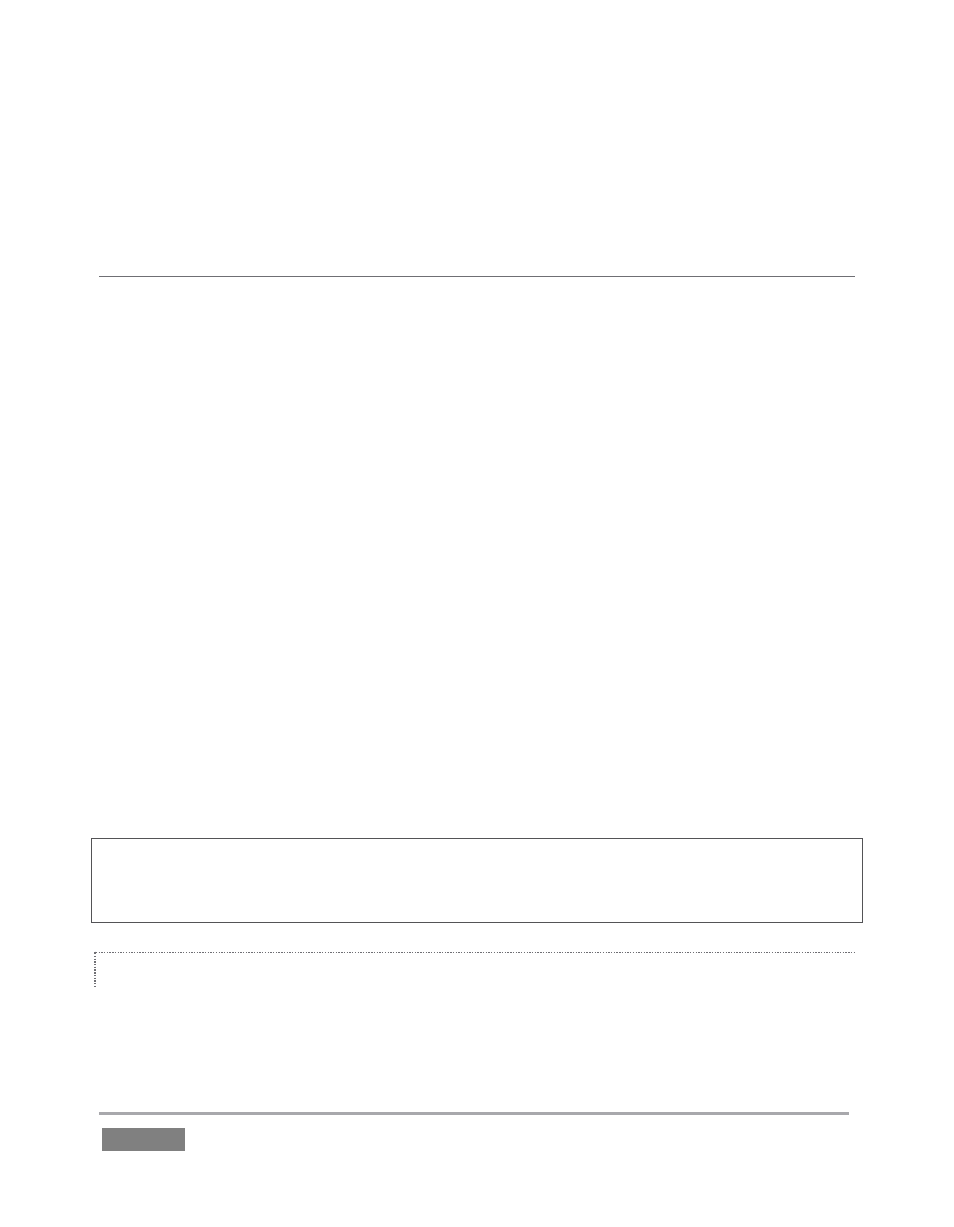NewTek TriCaster 855 User Manual
Page 232

Page | 216
2. Then enable Solo – allowing you to hear it on Headphones output (and Aux, at times
when Solo is selected as its Source).
ISOLATING A SOURCE
At other times, you may want to output specially configured audio signals using TriCaster’s Aux
audio output. For instance, some installations call for sending the output from one or more
internal sources (such as a DDR or the Sounds player) to a secondary distribution system.
Alternatively, you may want a ‘clean’ output from one or more sources for use apart from the
main Master mix. This arrangement is often referred to as ‘mix minus.’ It can be invaluable for
productions like ‘phone-in’ shows. The remote caller needs to be able to hear the interviewer;
but if you simply send the Master mix back to him, he is forced to endure a late-arriving echo of
his own voice. Needless to say, this would be confusing and undesirable.
Suppose your interviewer is speaking into a microphone connected to Input 1. The audio from
your interviewee is routed into another TriCaster input.
1. Enable the Solo switch for Input 1.
2. Select Solo as the Source for Aux.
This setup gives you a clean output consisting of just the interviewer’s voice on Aux. By
connecting the input of your remote call hookup to TriCaster’s Aux output, you can send that
clean signal to your remote caller, and control its level independently. This eliminates annoying
echoing, feedback and the like. Meanwhile, both participants can be heard on the main Program
output.
Hint: TriCaster’s Audio Groups feature (Section (13.1.5) can also be used for mix minus setups, but
Solo provides an especially useful alternative when the use of grouping is already in use for
managing sources for Follow purposes.
BALANCE
A Balance slider is likewise shown for all source types other than Mic. In a conventional stereo
environment, centering the Balance knob will result in Gain being applied equally to the left and
right channels.
